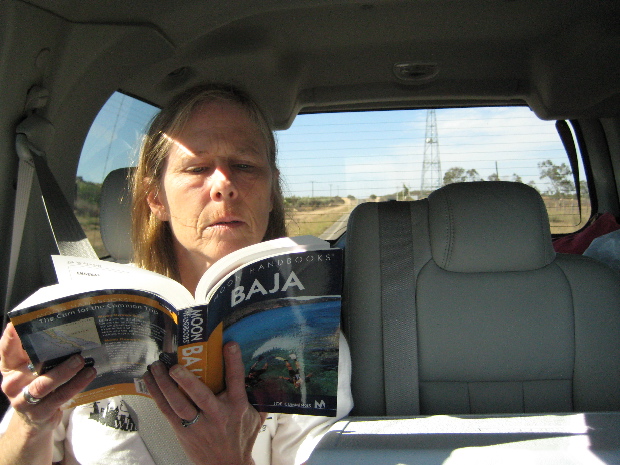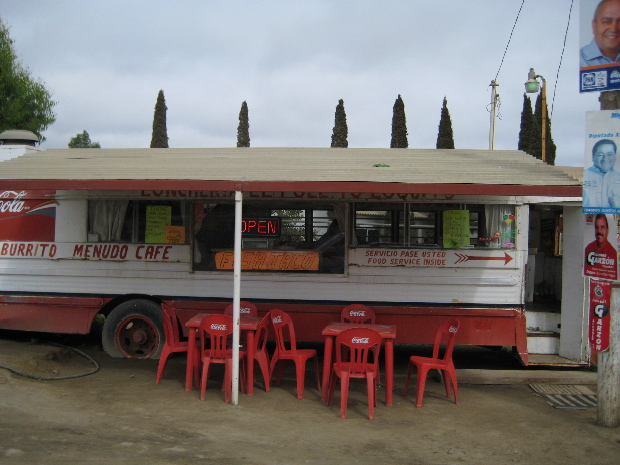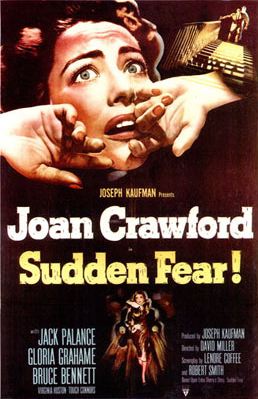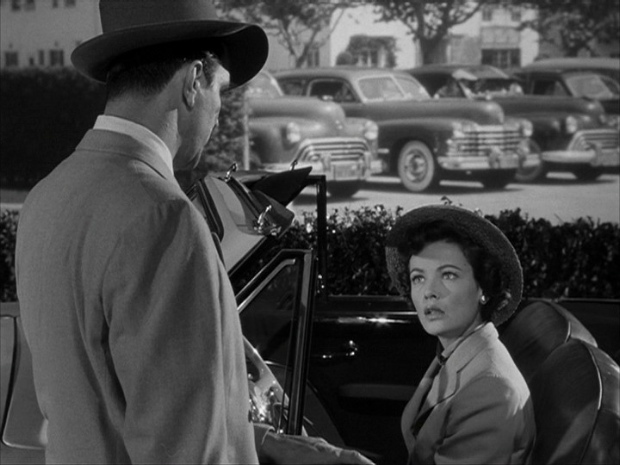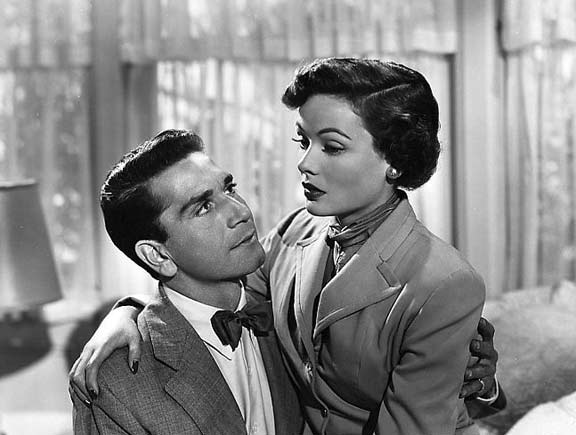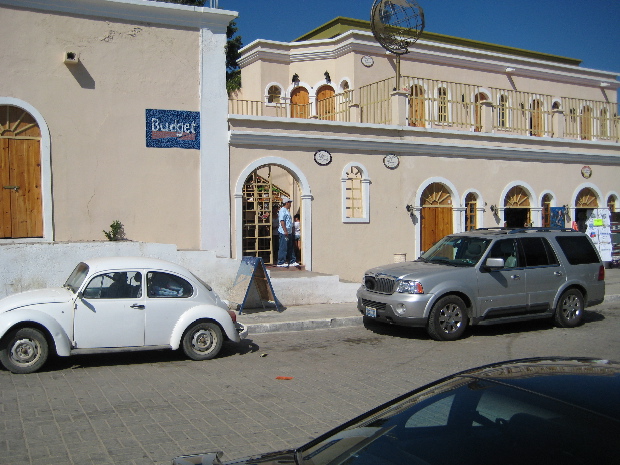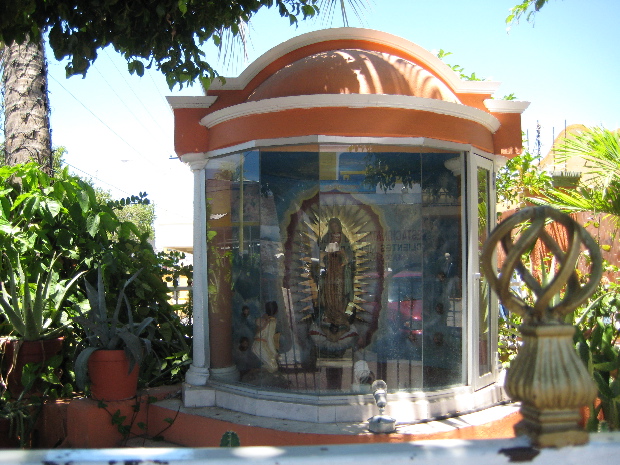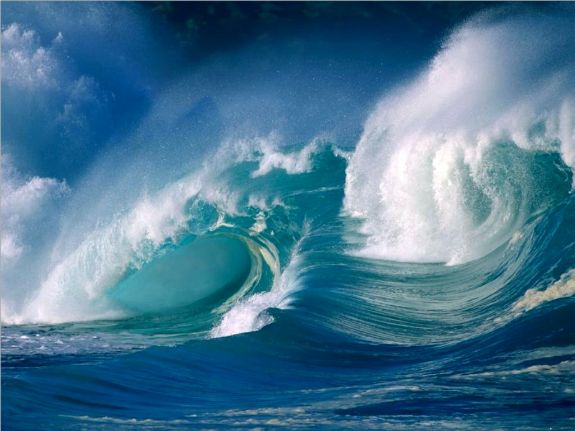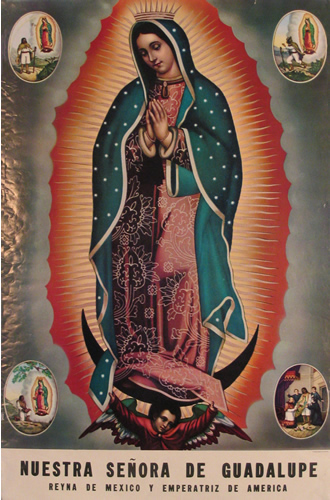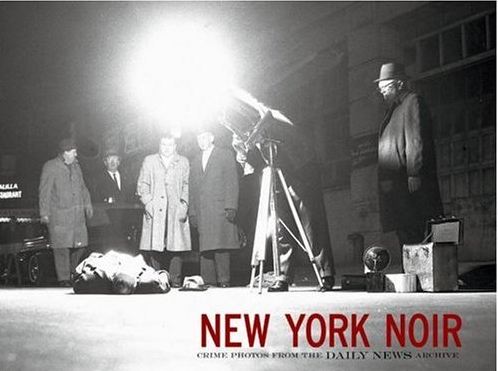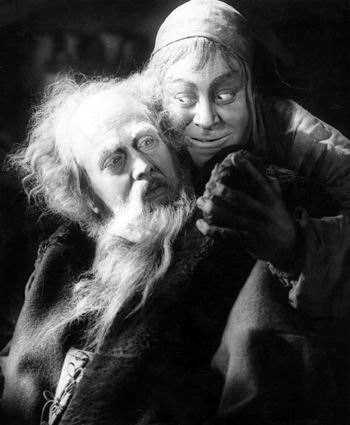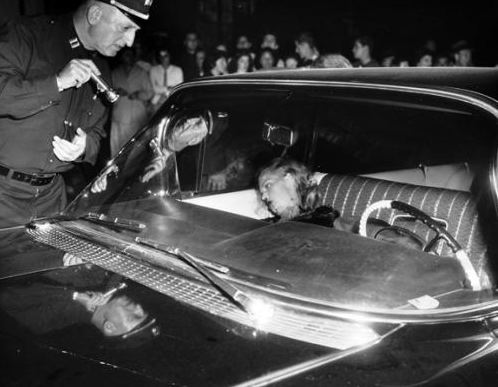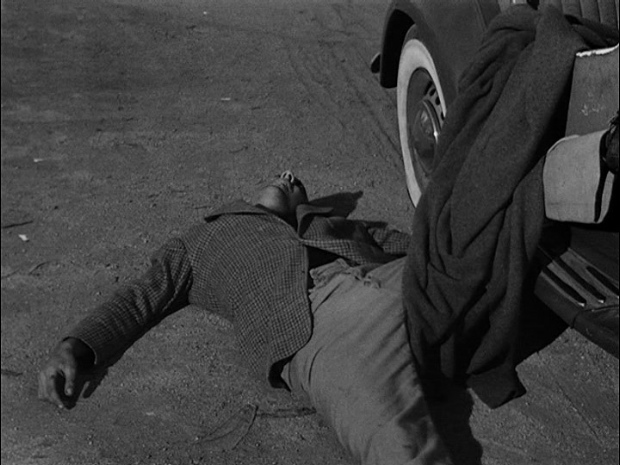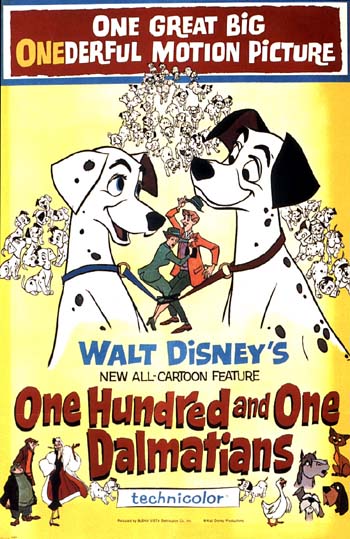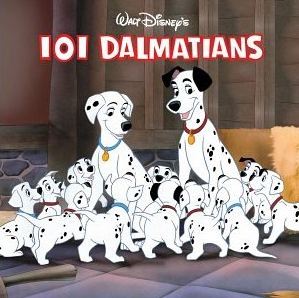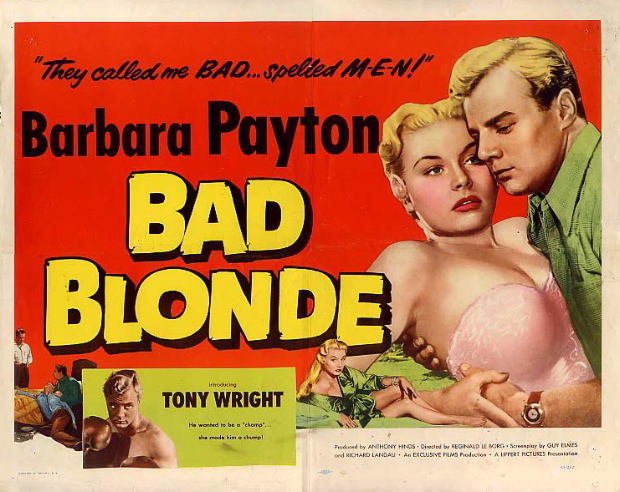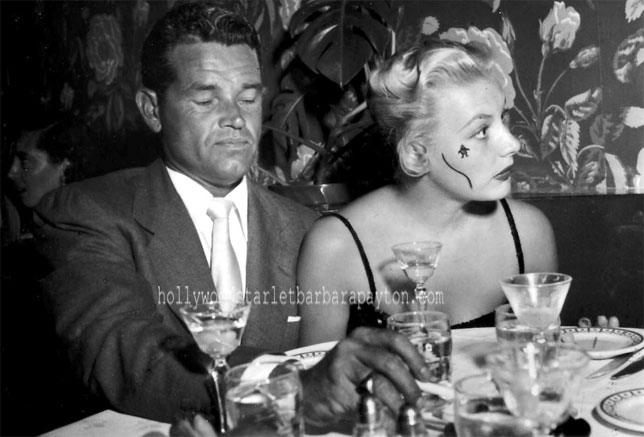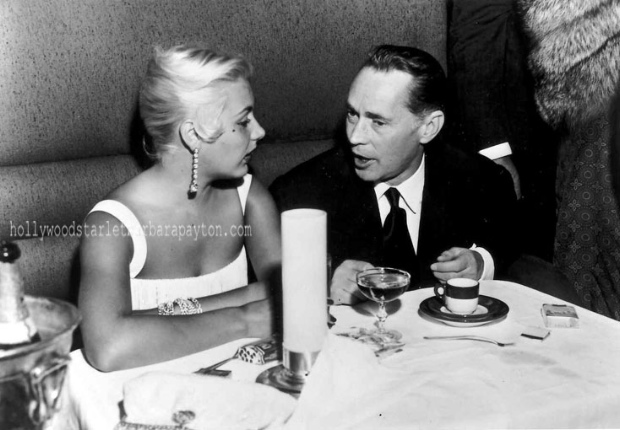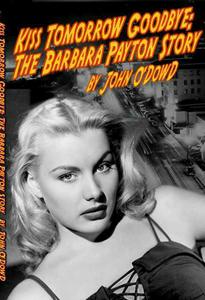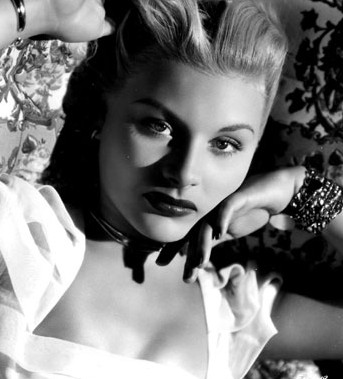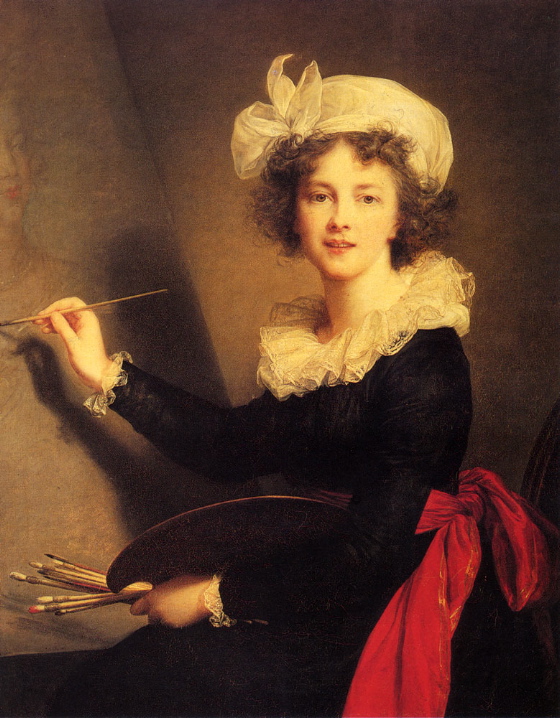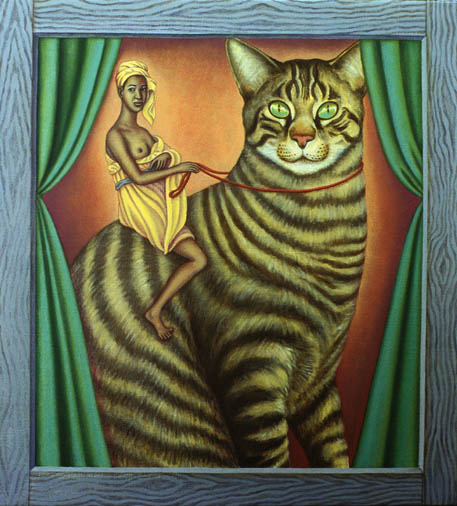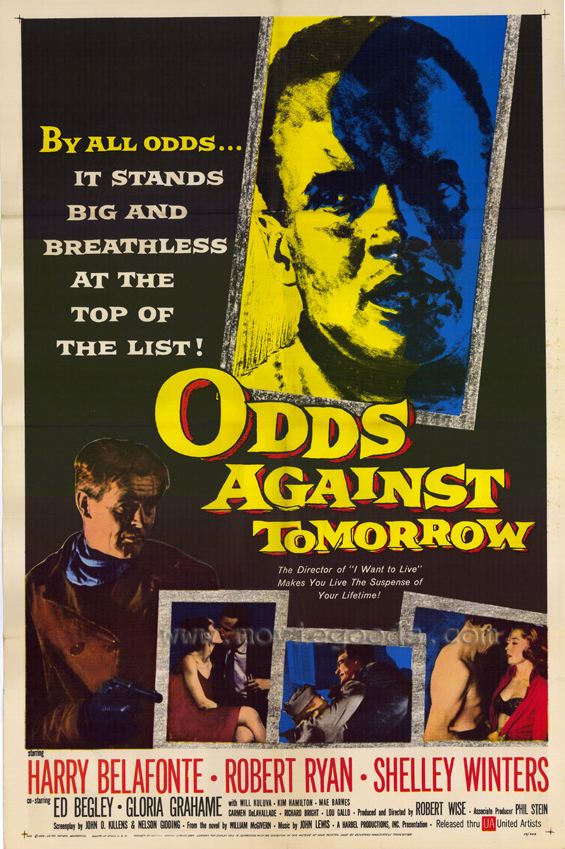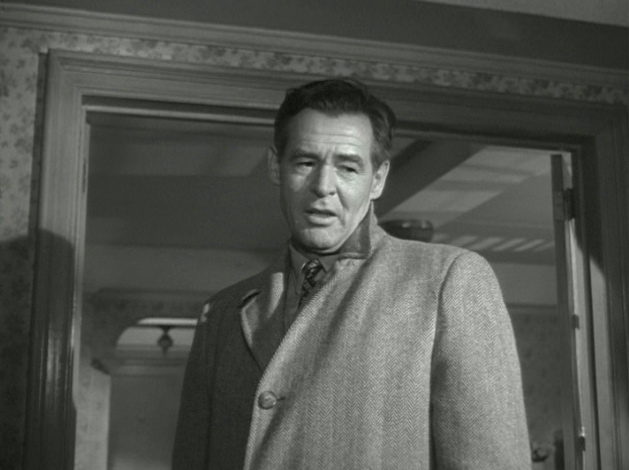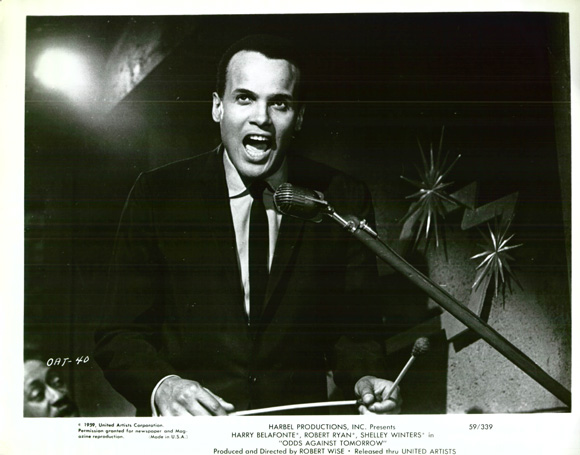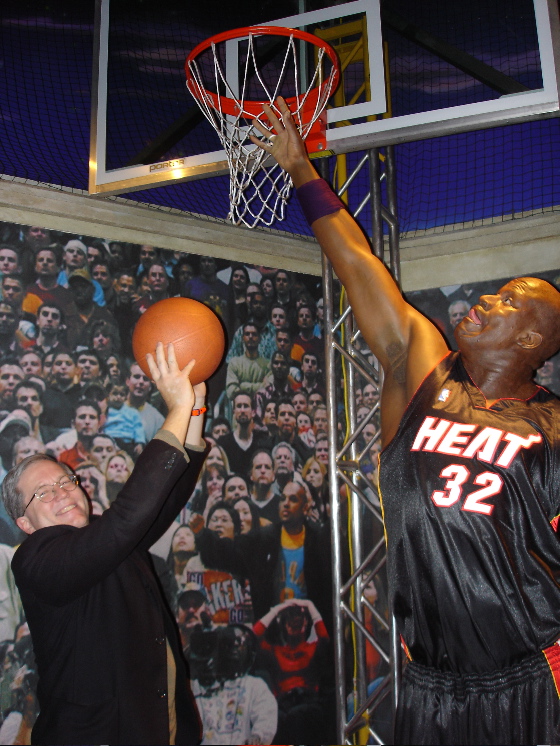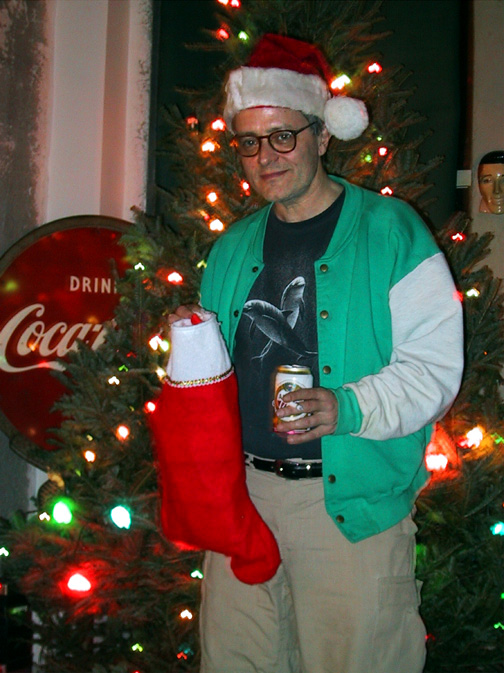
On
the first day of our drive to Baja California we got off to a late
start — a miscalculation that led to us having to spend our first
night in Blythe, in Alta California. I'm not sure what the deal
with Blythe is, but it seemed like a depressed and hopeless sort of
place. We stayed in a lousy, overpriced motel and were happy to
be on our way again in the morning. Above is a picture of a
rooster on top of a cafe in Vidal Junction, Alta California, on the
road to Blythe. The cafe was closed and the only restrooms we
could find in Vidal Junction were some dirty Porta-Potties behind a gas
station, which was also closed. The sight of a new moon behind the rooster cheered us up immeasurably.
If you drop more or less straight down from Las Vegas you hit the
Mexican border at
Mexicali, but we'd been told that crossing at the smaller town of
Tecate was quicker and
easier, so we veered off westward at El Centro on the I-8, then dropped
down to a smaller road that skirts the border on its way to
Tecate. (Tecate is where the great Mexican beer of the same name
originated, though it's now brewed in other places in Mexico as well.)
It was fascinating to drive through the Imperial Valley of Alta California, past the huge
Sahara-like sandscape of Imperial Dunes and through the lush cultivated
fields beyond them. The water that irrigates the Imperial Valley,
and makes it one of the most productive agricultural regions in the
world, comes from the Colorado River, which used to empty into the top
of the Mar de Cortés. Now only a trickle of it arrives at the
apex of the great sea and the rich delta that used to be there is more
or less a wasteland.
The land above the border on the road to Tecate is well-watered, too,
and very beautiful. We passed four U. S. Border Patrol cars along
the road before crossing quickly and easily into Mexico at
Tecate. You need a Mexican tourist visa if you plan to travel
south of the “tourist zone”, or more than about 20 miles into
Mexico. Lee had gotten hers and her kids' in Los Angeles but the
Mexican consulate in Las Vegas doesn't issue them. I got one on
the Mexican side of the border in about 20 minutes, with no trouble at
all. The Mexican border officials were friendly and efficient.
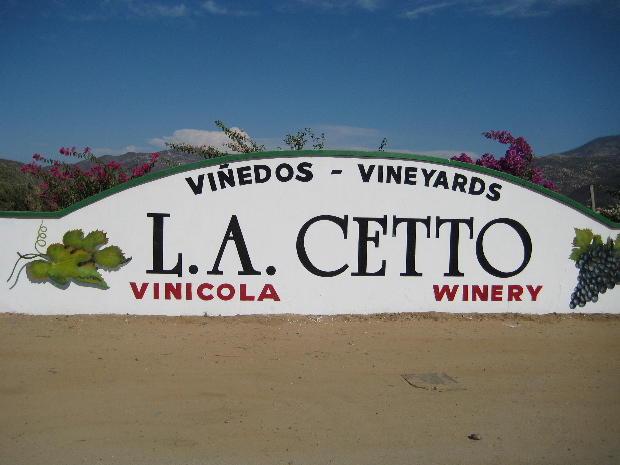
Somehow we managed to find our way through the teeming streets of
Tecate onto Mexico 3, which cuts across the top of Baja California and
hits Mexico 1, and the Pacific, at Ensenada. The road passes
through high valleys where grapes are cultivated and wine made. We
stopped at the largest of the Baja California wineries, L. A. Cetto, a
lovely establishment surrounded by a sea of green vines.

Lee and
I sampled and bought some good, cheap wines there . . .

The kids were
diverted by a pen that held burros . . .
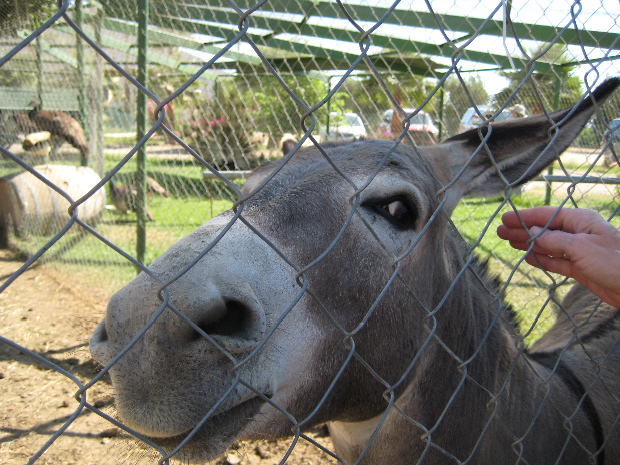
. . . and peacocks . . .
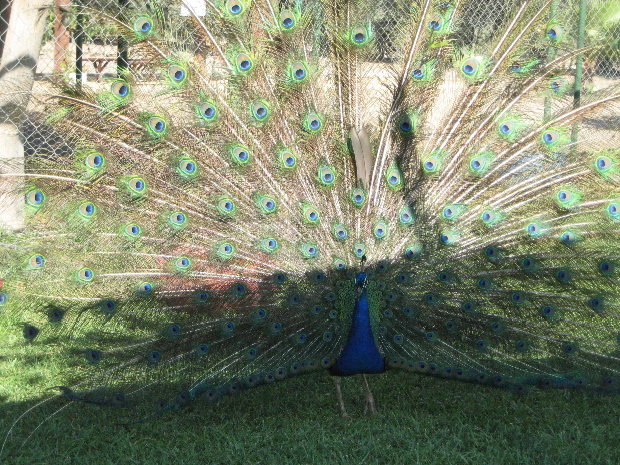
At Ensenada we headed straight for the city's fish market, with its
extraordinary displays of seafood arranged in elaborate, artful piles. We
had some indifferent seafood tacos at one of the small stalls lining
one side of the market, then cast about for a place to stay for the
night.
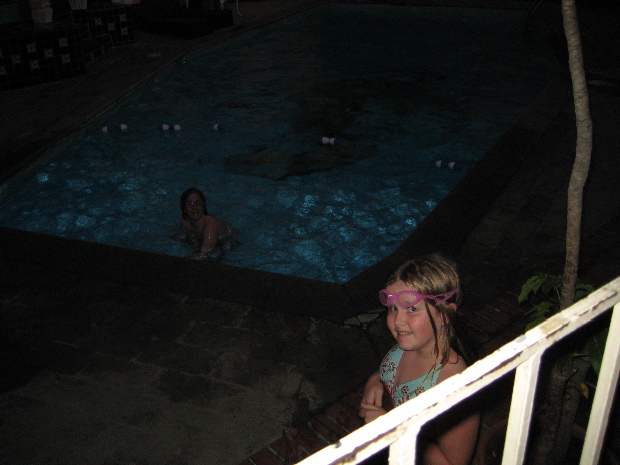
We lucked into El Rey Sol, a pleasant motel-like place with a protected
parking lot, a great little bar and a good pool for the kids.
While the kids swam, Lee and I washed away the dust of the road with
beers and margaritas, talking to a cheerful bartender who recommended
good seafood stands in Baja California Sur, and to other travelers,
including a surfer who'd explored the undiscovered breaks of the
peninsula in his youth and was now revisiting the region with his young
family.
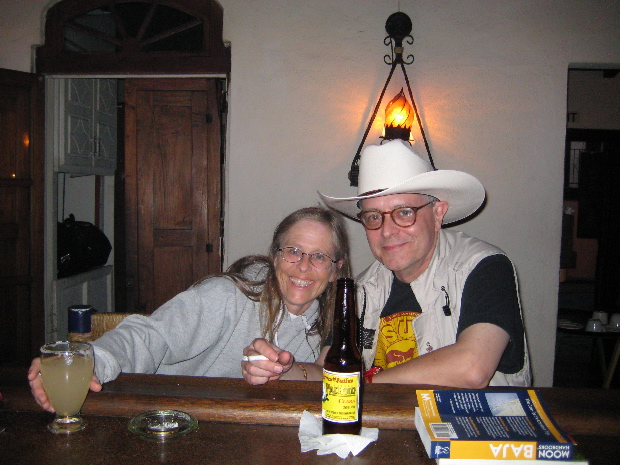
After the motel disaster in Blythe, Lee and I had discussed the
dehumanization of roadside inns in America, contrasting them with the
rich inn culture of Dickens' time, when inns always offered inviting
public rooms where travelers could meet and exchange tales of the
road. All the Mexican hotels and motels we stayed at had such
public rooms, and they were always in use — just one of the many areas
in which Mexican culture reveals its humane genius and outshines its
“richer” neighbor to the north.
For previous Baja California trip reports, go here.
[Photos © 2007 Harry Rossi]


